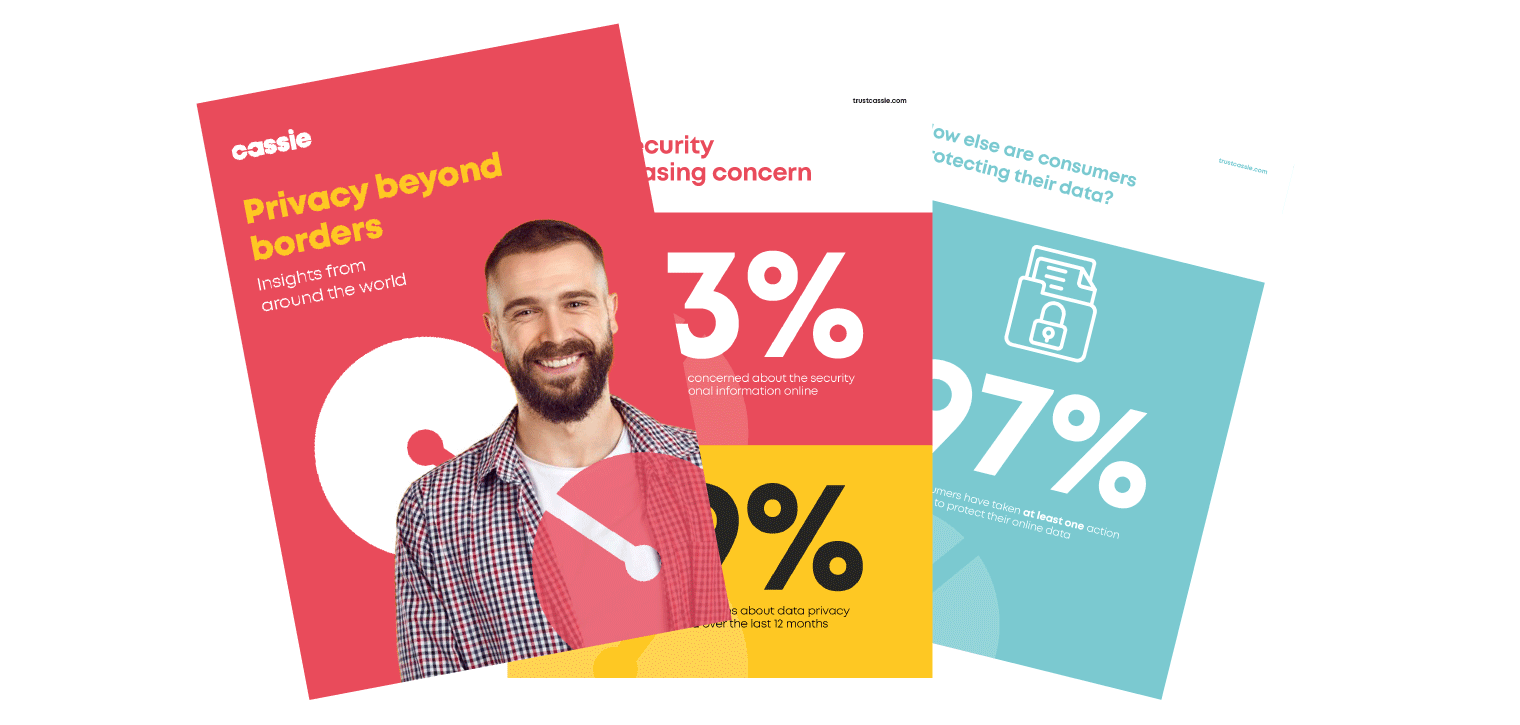The future of consent: 5 tech trends transforming personal devices
Posted: April 16, 2024
Personal devices are constantly evolving, offering users increasingly immersive, intelligent, and personalized experiences.
From AI-powered PCs to GenAI smartphones, the landscape of personal technology is undergoing a significant transformation.
In this blog, we’ll explore five key technology trends reported in Gartner’s 2024 Emerging Tech: Top Trends for Personal Device Providers, reshaping the future of personal devices and how they’re revolutionizing the way we interact with technology.
In particular – how might these new features and functionality impact the way you need to handle consent and preferences?
1. AI PCs: Enhancing productivity and creativity
Imagine a PC that not only assists you in your tasks but also anticipates your needs and preferences. AI-powered PCs are making this a reality by incorporating on-device AI capabilities. These capabilities automate tasks, enhance security and privacy, and offer personalized experiences. From streamlining workflows to boosting creativity, AI PCs are redefining productivity.
2. GenAI Smartphones: Elevating mobile experiences
Your smartphone is about to become even smarter with the advent of Generative AI (GenAI) capabilities. These capabilities enable advanced content creation, voice-driven virtual assistants, and unparalleled personalization. GenAI smartphones are not just communication devices; they’re intuitive companions that adapt to your preferences, making your mobile experience more efficient and engaging.
3. Spatial Computing: Bridging physical and digital realms
Enter the world of spatial computing, where augmented reality (AR), virtual reality (VR), and mixed reality (MR) converge to create immersive experiences. From virtual meetings to product virtualization, spatial computing opens up new dimensions of interaction and collaboration. Whether it’s exploring distant lands or designing virtual prototypes, spatial computing is reshaping how we perceive and interact with digital content.
4. SiOLED Displays: Redefining visual experiences
The future of display technology lies in Silicon-based organic light-emitting diode (SiOLED) displays. These displays offer superior visual quality, energy efficiency, and flexibility, paving the way for groundbreaking designs and experiences in VR and MR. With higher resolution, brightness, and contrast, SiOLED displays immerse users in vivid and lifelike visuals, enhancing the overall experience of personal devices.
5. In-car advanced user interfaces: Revolutionizing the driving experience
The automotive driving experience is undergoing a revolution with in-car advanced user interfaces. From intuitive controls to augmented reality dashboards, these interfaces prioritize safety, comfort, and information clarity for passengers. By integrating optimized conversational UIs, automakers are streamlining the driving experience and reducing onboard components, making cars smarter and safer than ever before.
Are businesses ready to embrace the future of personal devices?
As personal devices continue to evolve, embracing these five technology trends is essential for product leaders and consumers alike. From AI-powered productivity to immersive spatial experiences, the future of personal devices is promising and exciting. By staying ahead of these trends, we can unlock new possibilities and redefine the way we interact with technology in our daily lives.
What do these tech trends mean when it comes to consent management?
Managing consent across all technology stacks is emerging as a critical priority, especially for enterprise businesses. Establishing a single source of truth for consent ensures compliance with regulations such as GDPR and CCPA, while also fostering trust and transparency with customers.
This will become increasingly complex as technology evolves. Ideally, you’ll connect consent from every individual across every interaction – from what they consented to on their mobile through to their car.
Consent management involves obtaining, tracking, and managing user consent for data collection, processing, and sharing activities. With the proliferation of digital touchpoints and the growing emphasis on data privacy, businesses must navigate a complex web of regulations and user expectations regarding consent.
Implementing robust consent strategies through a consent and preference management platform across all technology stacks offers several benefits:
Compliance
Adhering to regulations such as GDPR (General Data Protection Regulation) and CCPA (California Consumer Privacy Act) is paramount for businesses operating in today’s global marketplace. Effective consent management ensures that businesses collect and process data in accordance with legal requirements, avoiding costly penalties and reputational damage.
Trust and transparency
Transparent data practices build trust with customers. By providing clear information about data collection and usage and obtaining explicit consent, businesses demonstrate their commitment to respecting user privacy. A single source of truth for consent instills confidence in customers that their data is handled responsibly.
Streamlined operations
Managing consent across disparate technology stacks can be complex and inefficient. Consolidating consent management into a centralized system streamlines operations, reduces redundancy, and ensures consistency across all touchpoints. This simplifies compliance efforts and enhances operational efficiency.
Enhanced customer experiences
Understanding and respecting user preferences regarding data usage allows businesses to deliver personalized and relevant experiences. By obtaining granular consent and honoring user choices, businesses can tailor their offerings to meet individual preferences, leading to higher customer satisfaction and loyalty.
Consent management strategies
To achieve effective consent management across all technology stacks, businesses should consider the following strategies:
- Centralized consent repository: Implement a centralized repository or Consent Management Platform (CMP) to capture and manage consent preferences across all systems and channels.
- Granular consent management: Provide users with granular control over their consent preferences, allowing them to specify the types of data they are willing to share and the purposes for which it can be used.
- Integration with existing systems: Integrate consent management functionality seamlessly into existing technology stacks, including websites, mobile apps, CRM systems, and marketing platforms.
- Continuous monitoring and auditing: Regularly monitor consent status and conduct audits to ensure ongoing compliance with regulations and alignment with evolving business practices.
- User education and transparency: Educate users about the importance of consent and provide clear, accessible information about data practices, enabling informed decision-making.
Managing consent across all technology stacks is essential for delivering a single source of truth for enterprise businesses. By prioritizing compliance, trust, transparency, and customer experience, businesses can navigate the complexities of data privacy regulations and build stronger relationships with their customers

How do global consumers feel about data privacy?
Read our research report to understand why U.S. consumers have concerns about the security of their personal data, as we cover:
- Popular data protection measures and whether or not consumers find them to be effective
- The levels of awareness regarding the amount of information that companies can collect about consumers
- If consumers are keeping up to date with data privacy laws
- How organizations can build customer trust by respecting data and being transparent with their consumers


